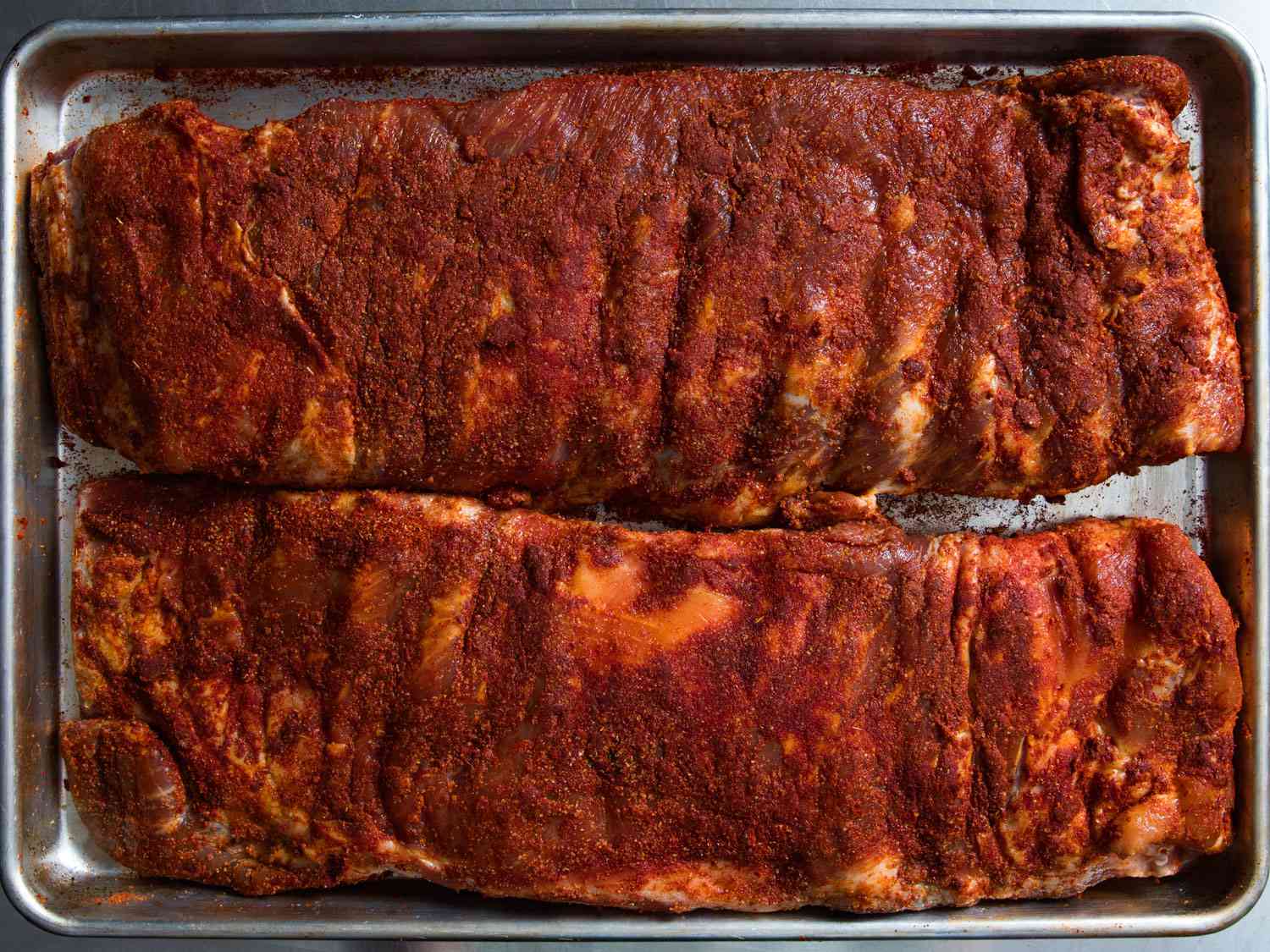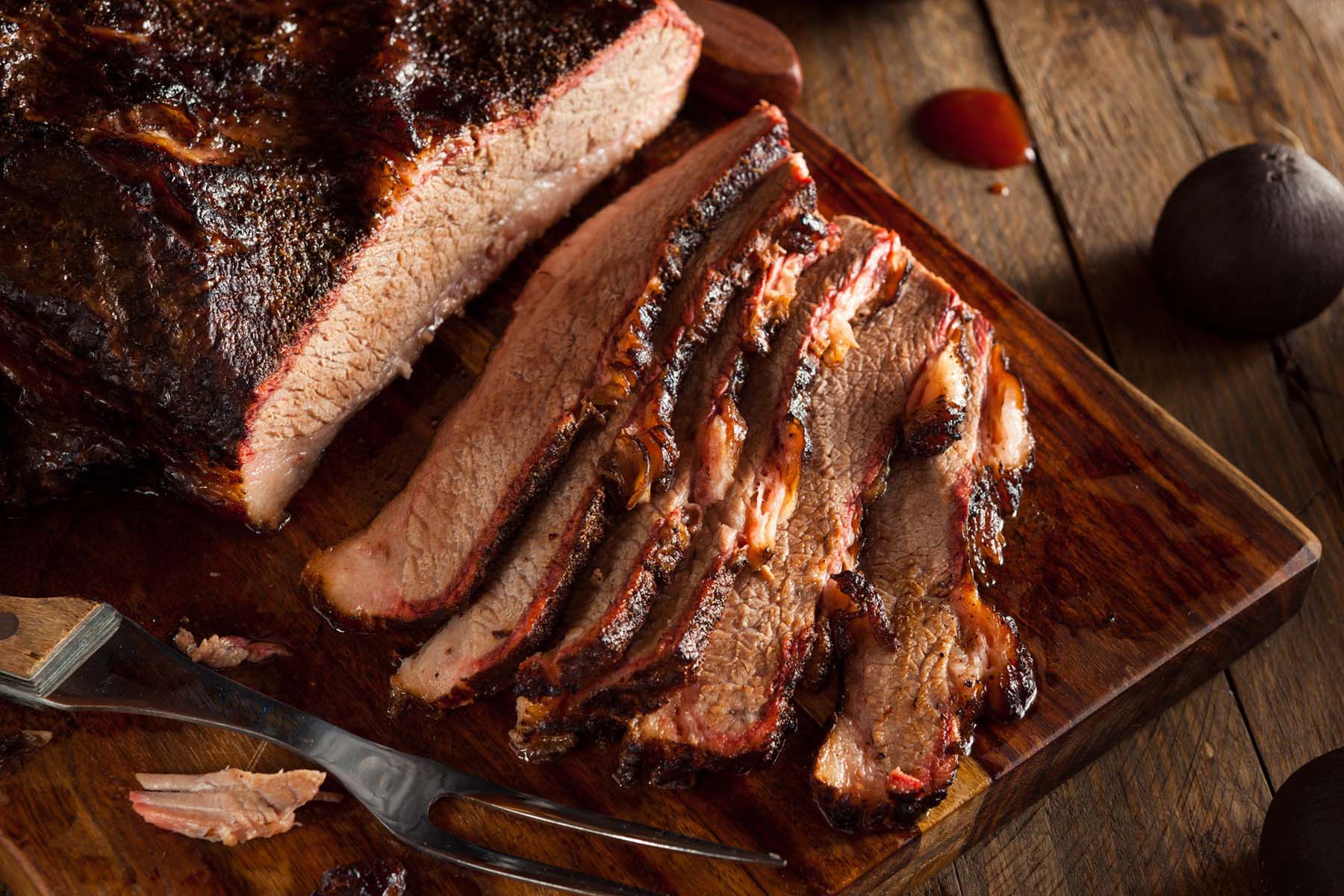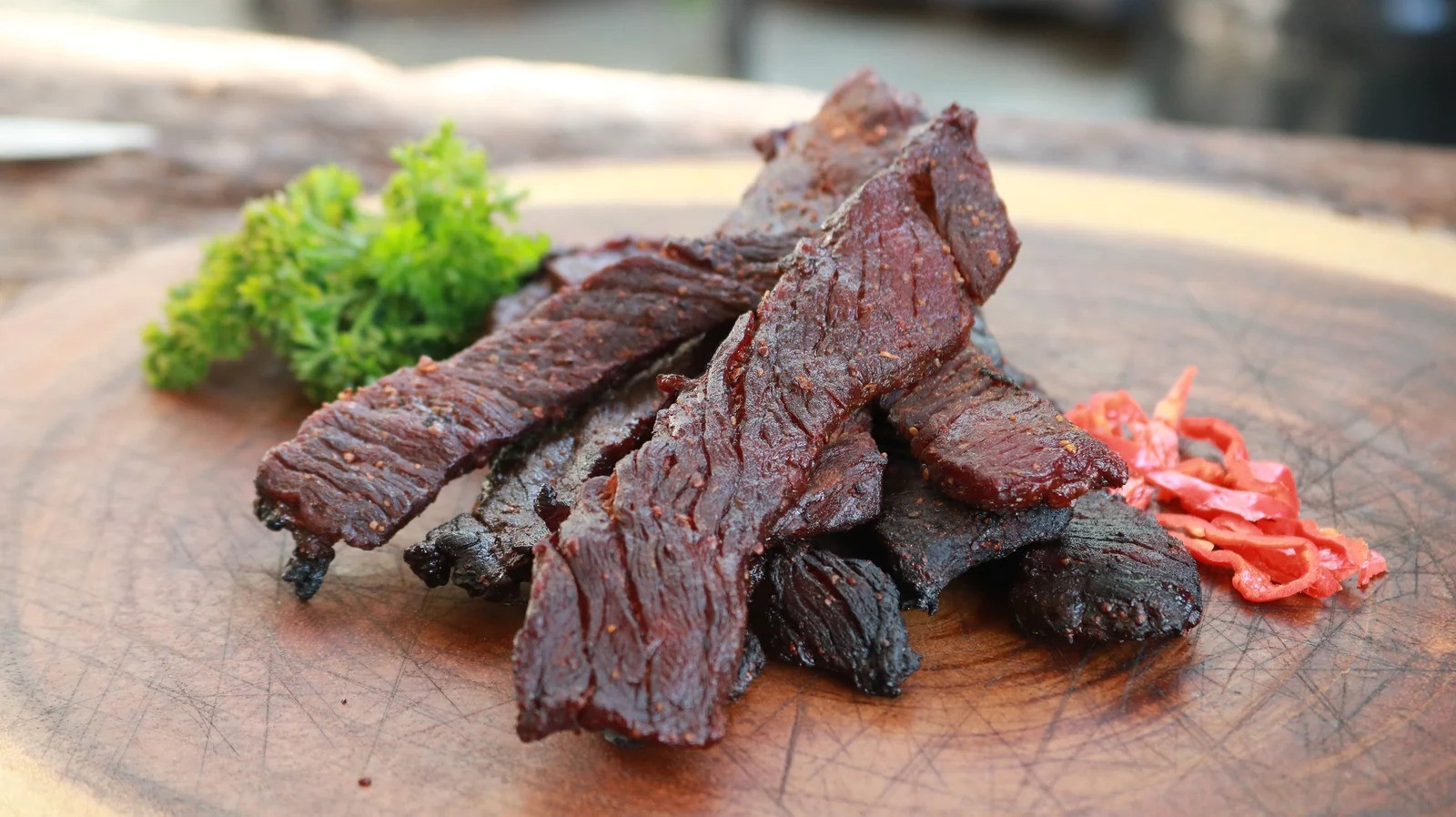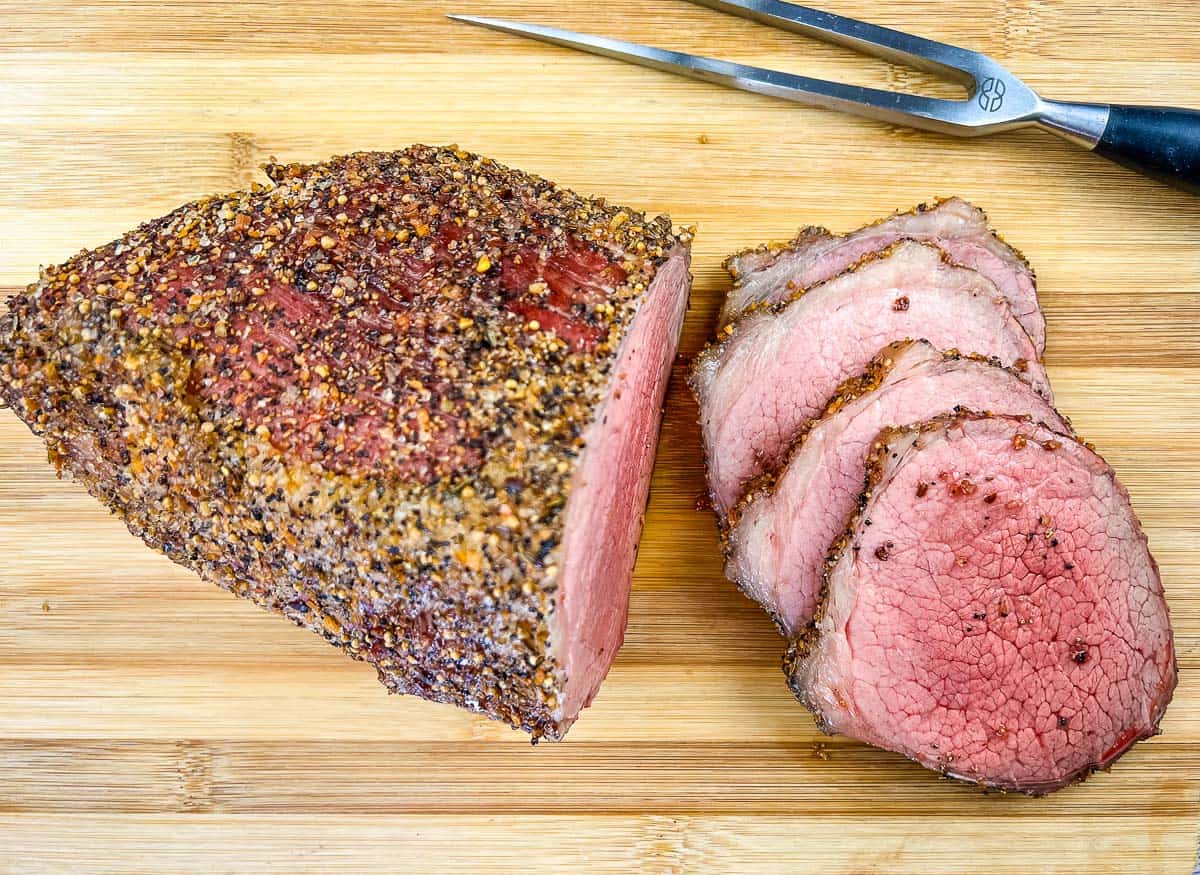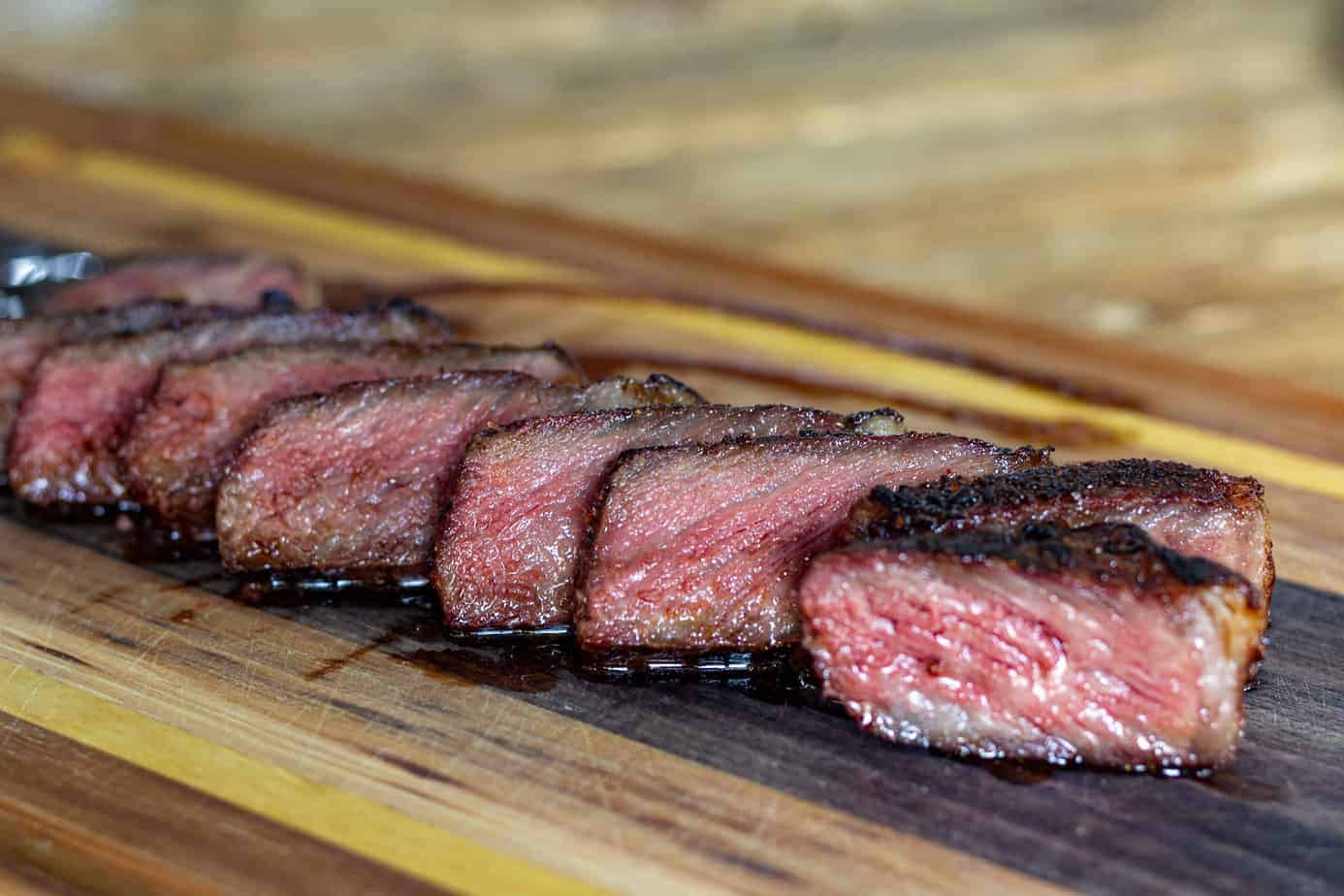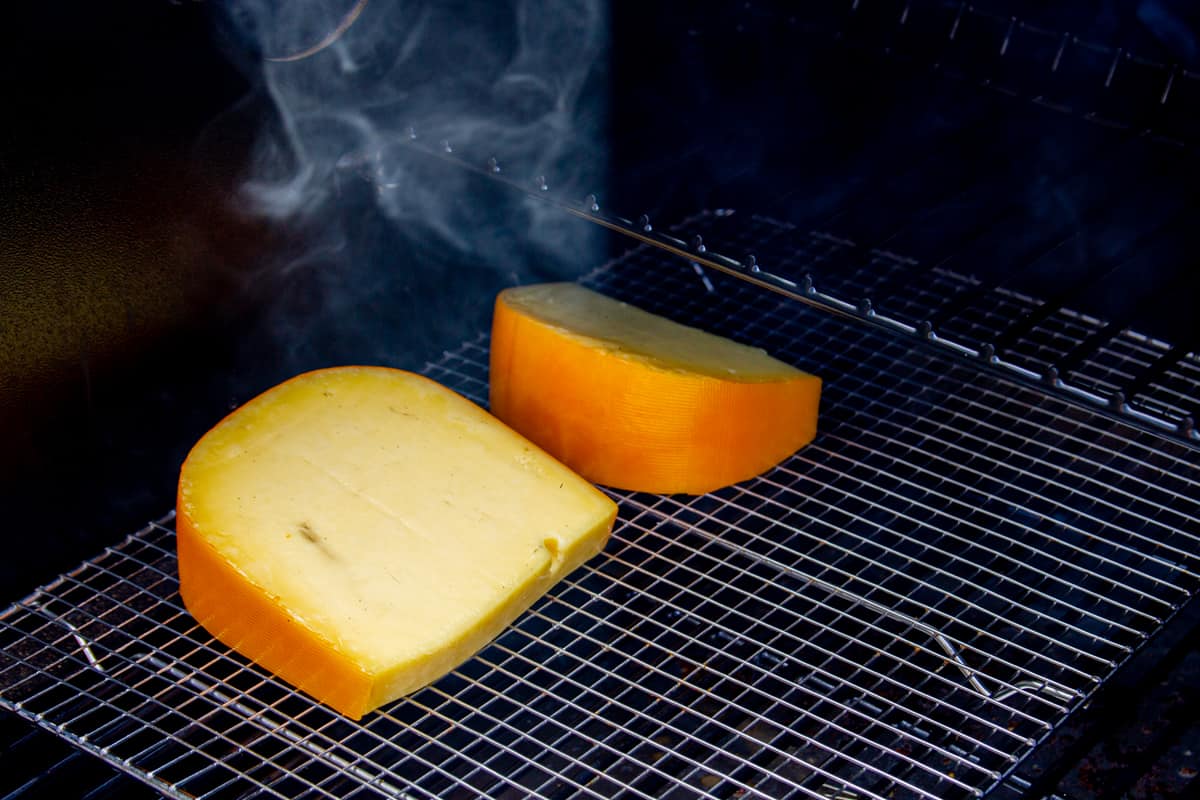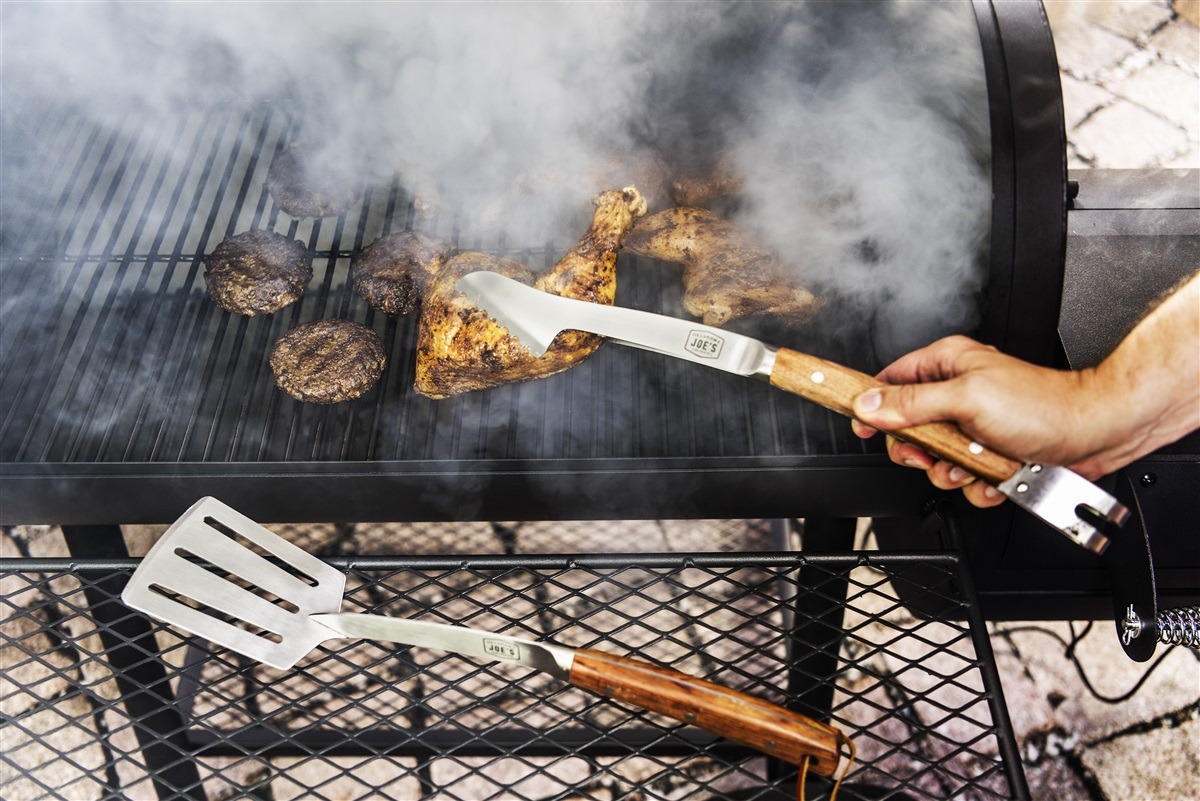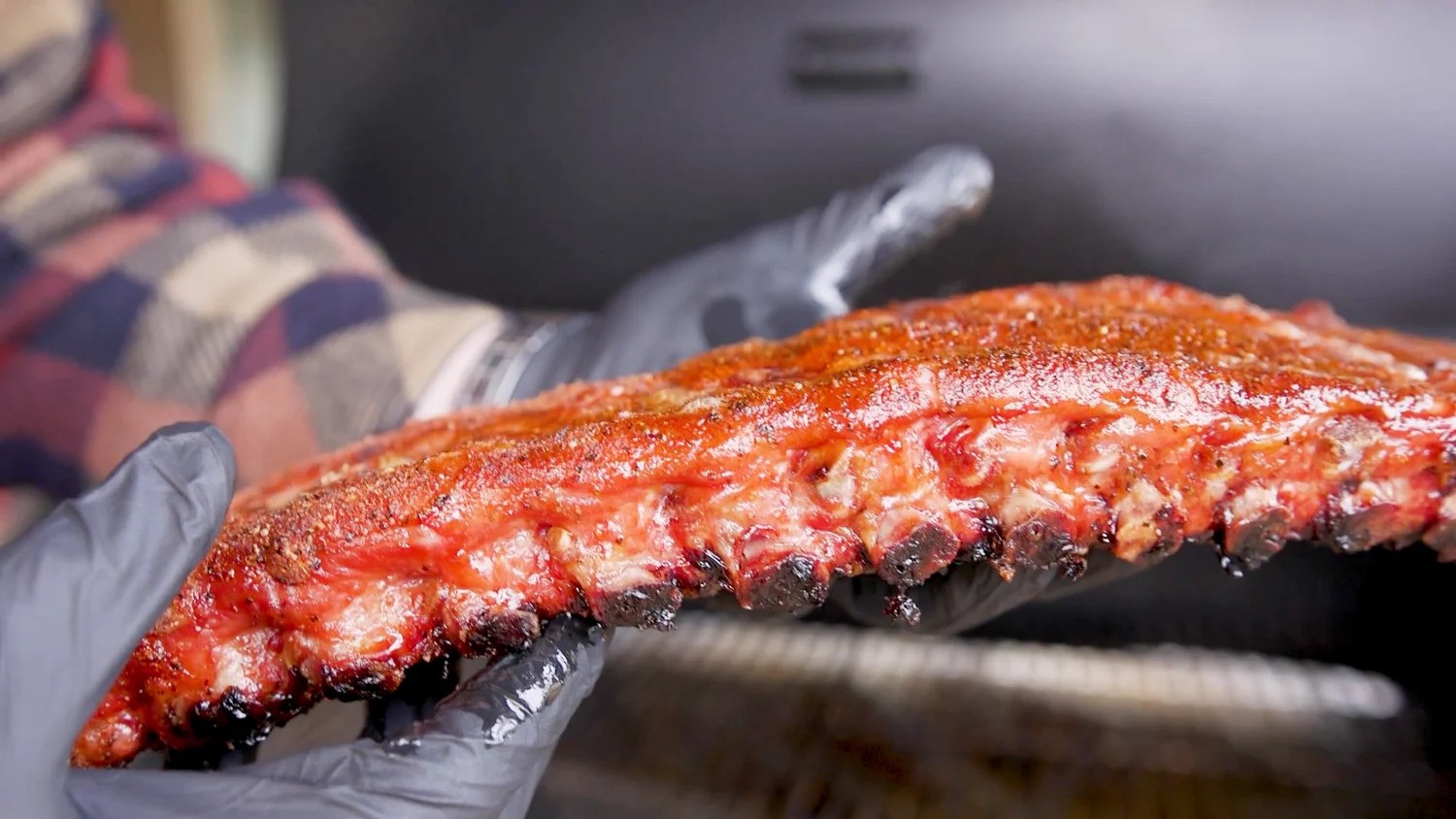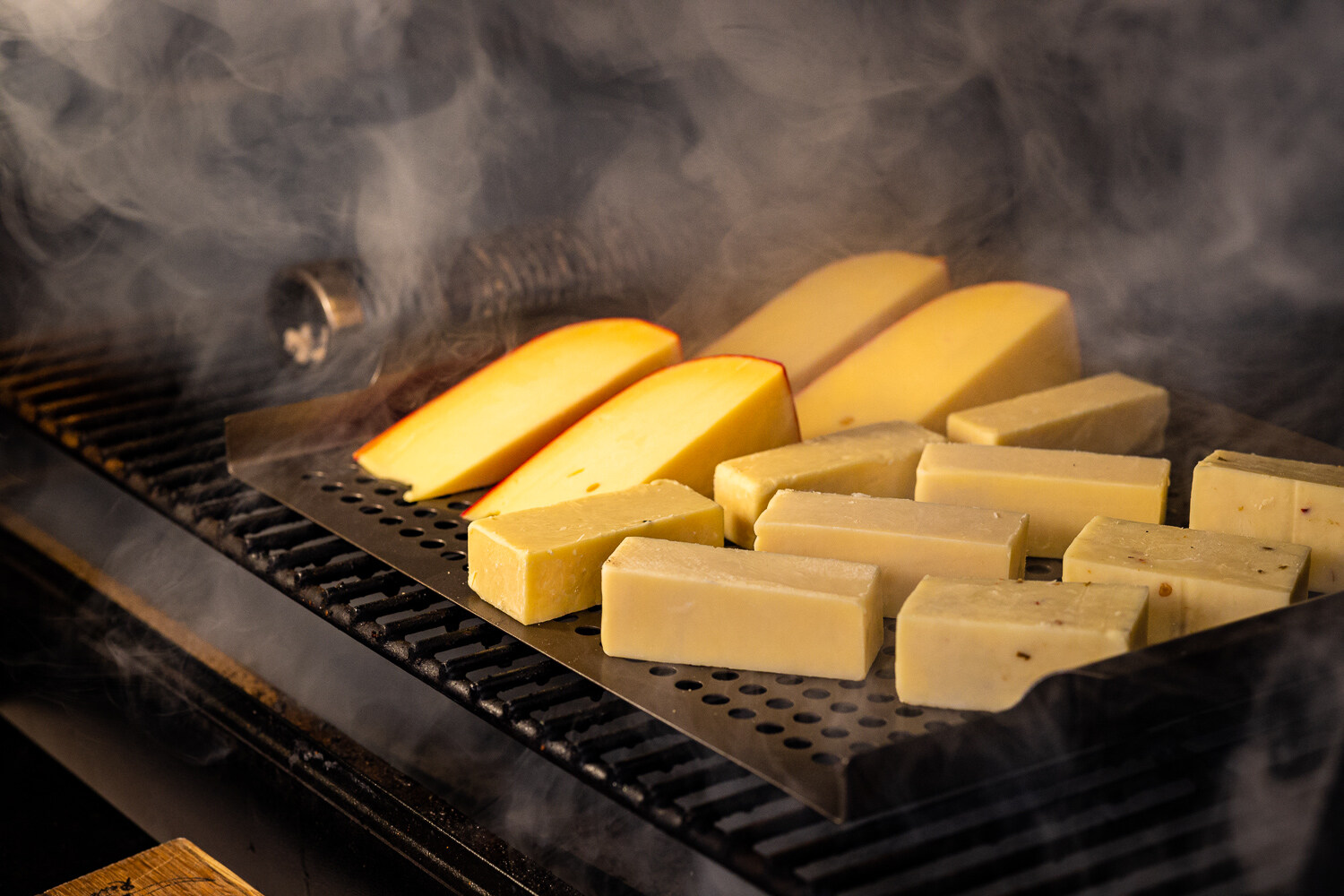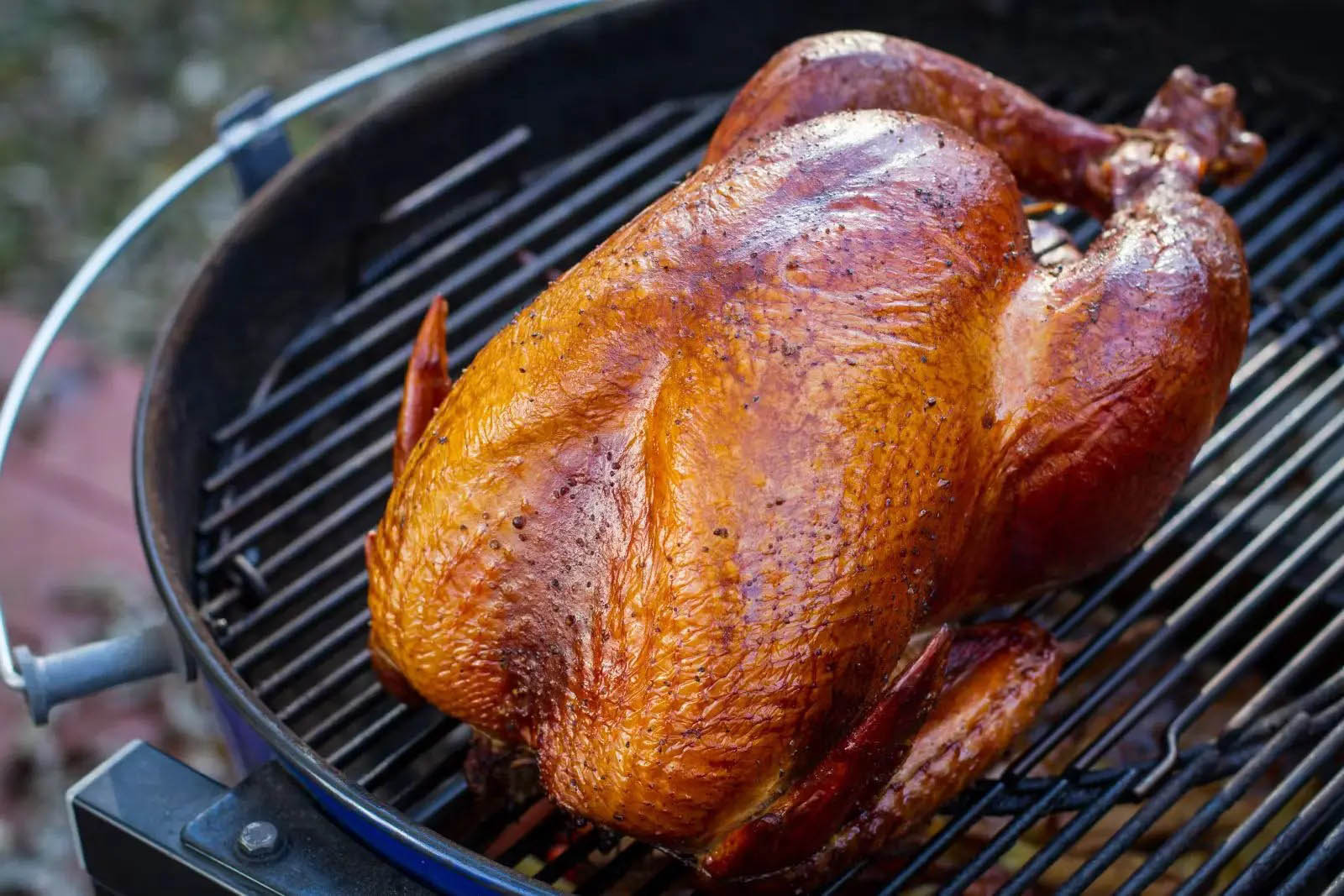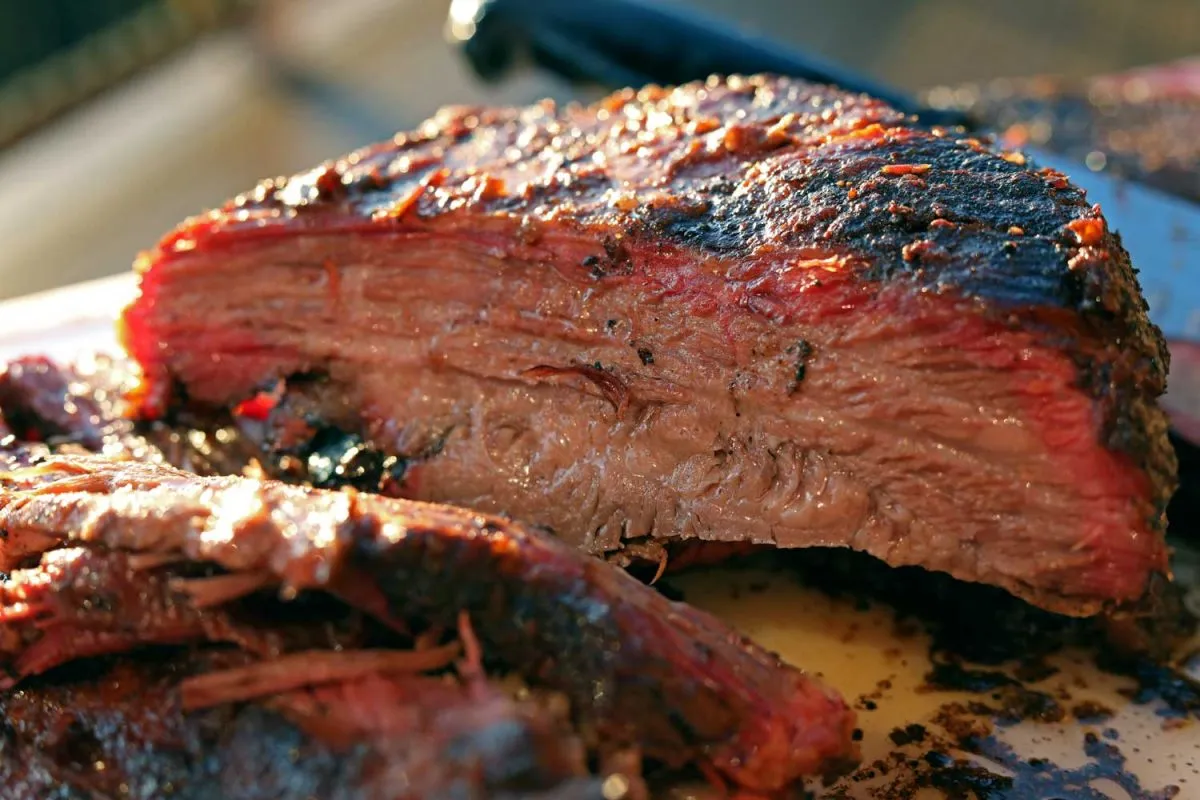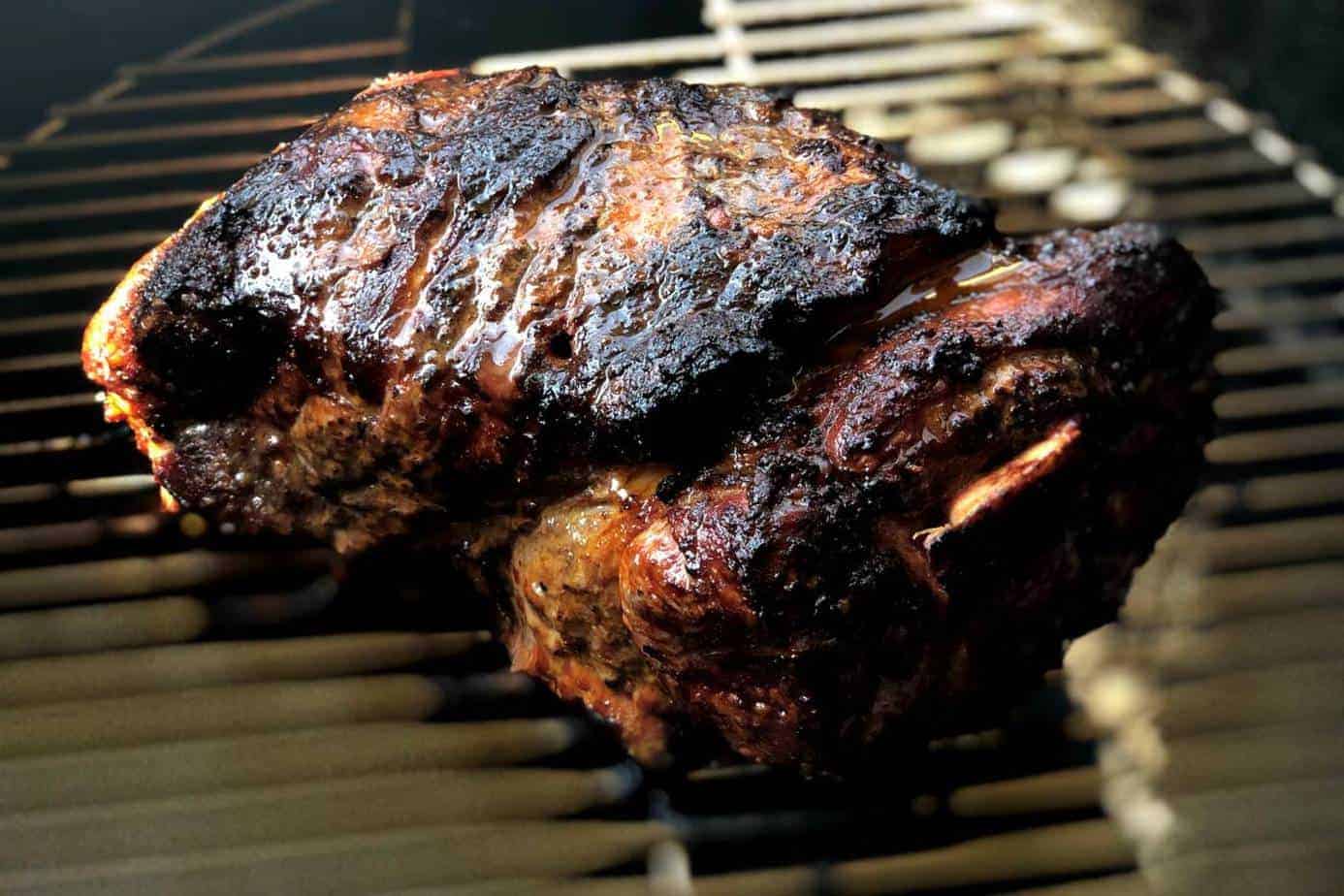If you're new to smoking meat and looking to try your hand at using a Brinkmann charcoal smoker, you're in for a treat. Smoking with a Brinkmann charcoal smoker can be a rewarding and delicious experience. With the right techniques and a little bit of patience, you can create mouthwatering, smoky dishes that will have your friends and family coming back for more. In this guide, we'll walk you through the process of smoking with a Brinkmann charcoal smoker, from preparing your smoker to cooking your meat to perfection.
Getting Started
Before you start smoking with your Brinkmann charcoal smoker, it's important to familiarize yourself with the different parts of the smoker and understand how it works. Here's a quick overview to help you get started:
-
Assemble Your Smoker: If you haven't already done so, assemble your Brinkmann charcoal smoker according to the manufacturer's instructions. Make sure all the parts are securely in place before you begin.
-
Gather Your Supplies: In addition to your Brinkmann charcoal smoker, you'll need charcoal, wood chips, a meat thermometer, and of course, the meat you plan to smoke. It's also helpful to have a spray bottle filled with water to help control the temperature inside the smoker.
Preparing Your Smoker
Before you start smoking, it's important to prepare your smoker to ensure that it operates efficiently and produces the best results:
-
Season Your Smoker: If you're using a new Brinkmann charcoal smoker, it's a good idea to season it before your first use. This involves coating the inside of the smoker with cooking oil and running it at a high temperature for a couple of hours to burn off any manufacturing residues.
-
Lighting the Charcoal: Once your smoker is seasoned, it's time to light the charcoal. Fill the charcoal pan with charcoal and light it using a chimney starter or lighter fluid. Let the charcoal burn until it turns white and starts to ash over.
-
Adding Wood Chips: While the charcoal is heating up, soak your wood chips in water for at least 30 minutes. Once the charcoal is ready, sprinkle the soaked wood chips over the coals to create smoke.
Smoking Your Meat
Now that your smoker is prepped and ready to go, it's time to start smoking your meat. Here are some tips for achieving the best results:
-
Maintaining the Temperature: One of the keys to successful smoking is maintaining a consistent temperature inside the smoker. Use the vents on the smoker to control the airflow and regulate the temperature. Aim to keep the temperature inside the smoker between 225°F and 250°F for optimal results.
-
Monitoring the Meat: Use a meat thermometer to monitor the internal temperature of the meat as it smokes. Different types of meat will require different cooking times and internal temperatures, so be sure to refer to a smoking guide for specific recommendations.
-
Adding More Smoke: As the smoking process continues, you may need to add more charcoal and wood chips to maintain the smoke and heat levels. Keep an eye on the smoker and make adjustments as needed.
Final Steps
Once your meat has reached the desired level of smokiness and tenderness, it's time to remove it from the smoker and let it rest before serving. Allow the meat to rest for a few minutes to allow the juices to redistribute, then slice and enjoy your delicious, smoky creation.
Conclusion
Smoking with a Brinkmann charcoal smoker can be a fun and rewarding way to create flavorful, smoky dishes at home. By following these tips and techniques, you can master the art of smoking and impress your friends and family with your culinary skills. So fire up your Brinkmann charcoal smoker and get ready to enjoy the mouthwatering results of your smoking endeavors!
Was this page helpful?
Read Next: How To Smoke With Pecan Shells
